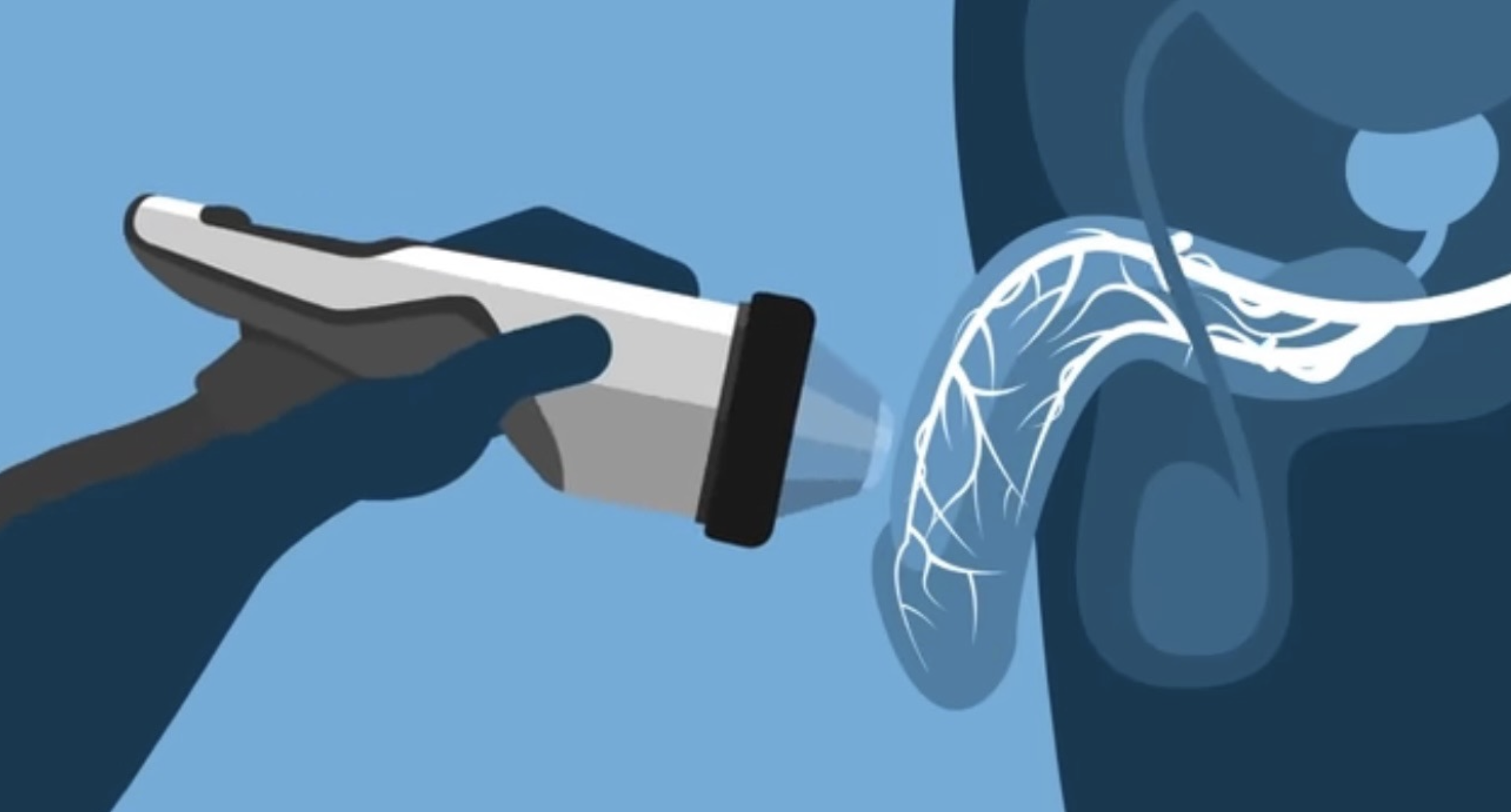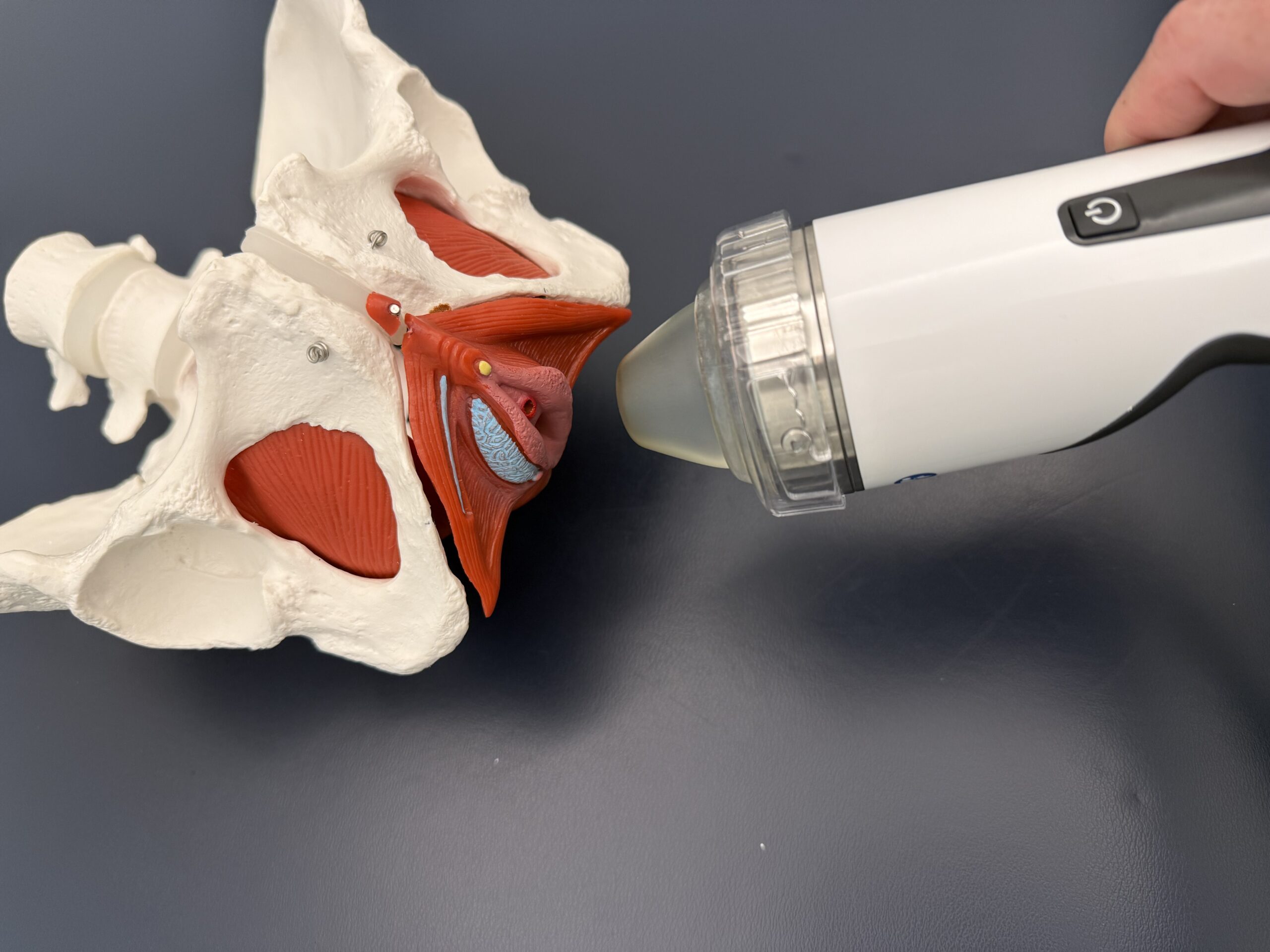Is Shockwave Therapy the answer to your frozen shoulder?
If you’re struggling with shoulder pain, it’s time to try physical therapy. Maybe you have pain with overhead reaching, buckling the carseat or putting on your jacket? You could be suffering from frozen shoulder. This can also be called adhesive capsulitis.
What is frozen shoulder? Frozen shoulder is a frustrating condition where the shoulder joint stiffens, making movement painful and limited. The good news? It’s treatable — and two of the most effective solutions are physical therapy and shockwave therapy. Let’s break down how each works and why they can be game-changers for recovery
Understanding Frozen Shoulder
Frozen shoulder usually develops in three stages:
- Freezing Stage: Pain starts gradually, and movement becomes limited.
- Frozen Stage: Pain might decrease, but stiffness remains, making mobility tough.
- Thawing Stage: Range of motion begins to return slowly over time.
This condition is most common following an injury or surgery that causes you to guard the shouder and reduce movement in you shoulder. It is most common in people over 40 and more prevalent in women. Other comorbidities such as diabetes, thyroid issues, and other inflammatory conditions can also increase your likelihood to experience frozen shoulder.
How Physical Therapy Helps
Physical therapy is the gold standard of care for treating frozen shoulder. The goal is simple: restore mobility, reduce pain, and improve strength. A physical therapist will do a comprehensive evaluation of your medical history, assess your posture, shoulder and other related joints and then provide a plan of care which may include:
- Stretching or Range of Motion exercises to gently break down the stiffness in the joint capsule
- Strength training to help stabilize the shoulder and prevent future issues
- Manual therapy where the therapist mobilizes the shoulder joints and tissues to improve range of motion and reduce pain
- Modalities like shockwave therapy, laser therapy or dry needling.
Consistency is important to reduce the stiffness, improve the range and reduce the pain!
Shockwave Therapy can help too
Shockwave therapy (also known as extracorporeal shockwave therapy or ESWT) might sound intense, but it’s a non-invasive treatment that uses acoustic waves to stimulate healing.
Here’s how it helps frozen shoulder:
- Breaks up scar tissue and calcifications that may be restricting movement
- Stimulates blood flow to promote natural healing and reduce inflammation
- Reduces pain by calming overactive nerves and resetting pain pathways
Here at Release Physical Therapy, we have Shockwave Therapy that can be added on to your treatment to help in the rehabilitation of your frozen shoulder.
Physical Therapy and Shockwave together
Combining physical therapy with shockwave therapy can deliver powerful results, especially when frozen shoulder has been persistent or hasn’t responded well to conventional stretching and strengthening alone.
- Shockwave helps loosen the joint and reduce pain
- Physical therapy follows up with movement and strength training
- The combo helps patients regain range of motion faster and stay pain-free
Frozen shoulder can be frustrating — it limits your daily life, affects your sleep, and can drag on for months. But here at Release Physical Therapy, your therapist will help you get back to your goals faster with skilled physical therapy in combination with Shockwave Therapy. Book your appointment today.
Latest posts
Have you hit a plateau with your plantar fasciitis treatment?
October 27, 2025
It’s Marathon Season!
October 1, 2025
Focal Shockwave for Erectile Dysfunction
September 25, 2025
Meet your therapist, Sally
September 4, 2025
Vulvodynia and Shockwave Therapy
June 6, 2025
Meet your Therapist, Ethan
April 16, 2025







